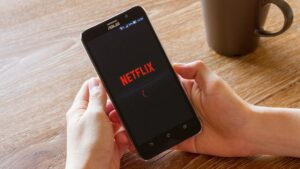“From Mad Geniuses to Misunderstood Visionaries: Discover the 12 Historical Figures Whose Outrageous Ideas Shocked Their Times!”
Though his work is celebrated today, Van Gogh sold only one painting in his lifetime. People considered his intense, swirling style bizarre. Little did they know his genius would define modern art.
4. Ludwig van Beethoven


When Beethoven began to lose his hearing, many assumed his career was over. How could a composer create music without the ability to hear? To some, his attempts seemed futile, even crazy.
But Beethoven defied all odds. His Ninth Symphony, composed while he was completely deaf, remains one of the most celebrated works in classical music. His story is a testament to resilience and passion.
5. Ada Lovelace


In the 1800s, the idea of a machine performing calculations or even writing music was pure fantasy. When Ada Lovelace theorized the potential of Charles Babbage’s Analytical Engine to go beyond simple math, many dismissed her ideas as wildly speculative. Critics thought she was overly imaginative and unrealistic in her vision.
Today, Lovelace is recognized as the first computer programmer. Her “wild” predictions became the foundation of modern computing, proving that thinking outside the box sometimes means being misunderstood first.
6. Socrates


Socrates’ constant questioning of societal norms and authority figures earned him a reputation as a troublemaker in ancient Athens. His unorthodox teaching style, challenging others’ beliefs in public, was seen as disruptive and annoying. Many thought his refusal to conform bordered on madness.












